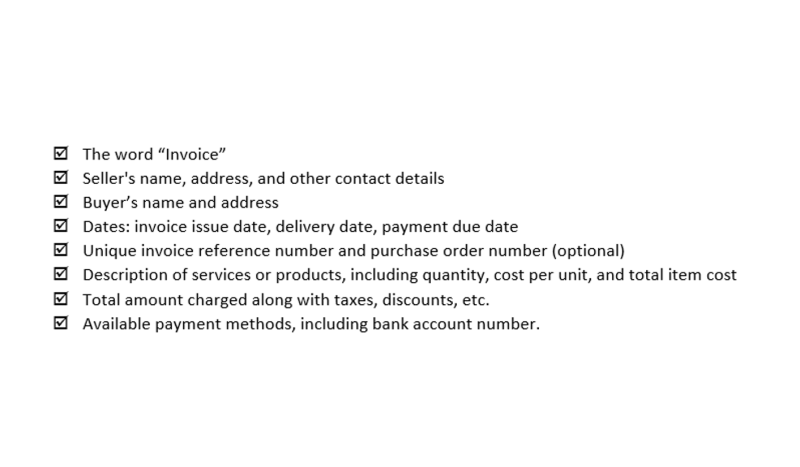
If you’ve been in business for a while, you can use totals from previous years to guide you through the financial projections needed to create the financial budget. If you’re just starting out, all the numbers in both your operational and financial budgets will be estimates. Before you begin preparing any budget, you’ll need to decide whether you’ll be preparing master master budget budget components on a monthly or quarterly basis. A master budget is a series of smaller budgets that are rolled up into one larger budget to provide a more comprehensive view of your business. The CFO should then ensure that department heads are aligned on each other’s functional goals, and that all goals support the company’s main high-level direction for the year.
- Manufacturing businesses, on the other hand, will focus on revenue projections from product sales.
- The blocks are acquired one year in advance so they can be properly aged.
- This “padding of the budget” increases the likelihood that the managers will be able to achieve the budget with less effort15.
- In addition, the purchasing manager plans direct material inventory levels, purchases, and the cost of these purchases.
- The finance team must have the technical skills to use these tools efficiently.
- On April 1, IMAX expects to owe a $5,000 balance on its line-of-credit.
Operating Expenses Budget
If the firm plans for the master budget to roll from year to year, then it would usually add an extra month to the end of the budget to facilitate planning. A cash-flow budget helps managers determine the amount of cash being generated by a company during a specific period. The inflows and outflows of cash for a company are important because expenses need to be paid on time from the cash generated.

What Are Some Common Mistakes Businesses Make When Creating a Master Budget?
Profit center performance evaluation is presented in Chapter 20. Cost center performance evaluation was covered in Chapters 8 and 9. • CrossMan has a corporate policy of maintaining an end-of-month cash balance of $100,000. Cash is invested or borrowed monthly, as necessary, to maintain this balance. The purchase of the crossbows is CrossMan’s largest expenditure; the cost of these items equals 50% of sales.
How Do Businesses Ensure That Their Master Budget Aligns With Their Strategic Goals?
The finance team must have the technical skills to use these tools efficiently. The students should be able to explain the objectives of the budget process. The shipments received on the 1st and 10th of the month are paid on the 10th and 20th of the month, respectively, in order to capture the purchase discount included in the standard price calculation. The shipment received on the 20th of the month can be paid on the 1st of the next month and still take the purchase discount.
What Are Some Common Challenges Businesses Face When Preparing a Master Budget?
- A master budget provides a long-term view of the company’s financial position.
- Another common challenge businesses face when preparing a master budget is overlooking key expenses.
- For example, an enterprise might be reducing raw materials costs by substituting cheaper materials, while at the same time attempting to eliminate internal and external failure costs.
- Once you have that out of the way, you are ready to calculate projected sales.
- A master budget is one that includes two areas, operational and financial, each of which has its own sub-budgets.
- The third section, and the third type of cash deposits made in a month, comes from collections of credit sales made in the previous month.
- With a long-term view, businesses can better assess these decisions’ potential risks and rewards.
You will review some specific examples of budgeting for direct materials in Prepare Operating Budgets. The operating and financial budgets would be combined in the master budget for the service industry. Labour, service overhead, and selling and administrative expenditures are all covered by the operational budget. It includes a budgeted revenue statement, a cash budget, capital expenditures, and a planned balance sheet under financial budgets. However, the sales budget must be developed before all other budgets in order to forecast sales volume and overall income (Heisinger & Hoyle, n.d.).
Direct Materials, Labor, and Overhead Budget
The third set of percentages in the chain represents the net amounts collected within the month of sale adjusted for the 2 percent credit sales discount8. Procedures for setting up this section of the sales budget manually, and verifying the amounts, are presented at the bottom of Exhibit 17-3. The credit card companies’ experience in backcharges is greater than the 1 percent of in-house credit sales projected to be uncollectible. Exhibit 17-3 presents the sales forecast, which is based on a stable sales price of $2,000 per computer. The sales staff, based on their survey results, believe 20 percent of IMAX’s customers will pay in cash. Cash sales for each month in the second quarter of 2005 comprise the first set of four “sources of cash from sales” included in the Collections of Sales schedule.

Facilitates Cash Management

The vision develops into goals and strategies that are built into the budget and are directly or indirectly reflected on the master budget. The plan for Big Bad Bikes is to introduce itself to the trainer market with a sales price of \(\$70\) for the first two quarters of the year and then raise the price to \(\$75\) per unit. The marketing department estimates that sales will be \(1,000\) units for the first two quarters, \(1,500\) for the third quarter, and \(2,500\) per quarter through the second year. Management will work with each department to communicate goals and build a budget based on the sales plan. The resulting budget can be evaluated by all departments involved. After performing the situational analysis, the organization identifies potential strategies that could enable achievement of its goals.
Then, it must budget how many sales in units it needs to make to meet the sales budget and meet-ending inventory requirements. Most companies have an ending inventory they want to meet every month or quarter so that they don’t stock out. With a flexible budget, budgeted dollar values (i.e., costs or selling prices) are multiplied by actual units to determine what particular number will be given to a level of output or sales. The calculation yields the total variable costs involved in production. The second component of the flexible budget is the fixed costs. Typically, fixed costs do not differ between static and flexible budgets.

Overlooking Key Expenses
This can be justified by the cost savings from not having to send out monthly statements to credit customers paying from the invoices. • One percent of a month’s credit sales are projected to be uncollectible. The capital budget focuses on planned capital outlays for property, plant, and equipment. It is a listing of all approved long-term expenditures planned to improve an enterprise’s operating capacity and efficiency.
- The ending June cash balance is the ending cash balance for the second quarter.
- Cloud-based tools provide businesses the flexibility and convenience of accessing their financial data anytime.
- The operating budget focuses on the operating expenses, including cost of goods sold (COGS) and the revenue or income.
- If sales are understated, problems can arise in production and logistics.
- The operating budget includes the expenses and revenue generated from the day-to-day business operations of the company.
- Budgeting provides a means of informing managers of how well they are performing in meeting targets they have set.
- The ending line-of-credit balance in the June column (the June 30th balance) becomes the ending balance for the quarter (which also ends on June 30th).
The company has issued 7,500 shares, and 500 of these are classified as treasury stock. Projected quantities (in pounds) of each raw material ordered and the date (in terms of working days) the order is to be placed. Sovera’s discretionary resources are to be employed to support the growth of this business. Ulysses Travel Agencies also showed potential, and the travel industry is growing. However, Ulysses’s market share has declined for the last two years even though Sovera has contributed a lot of money to Ulysses’ operations.
No comment yet, add your voice below!